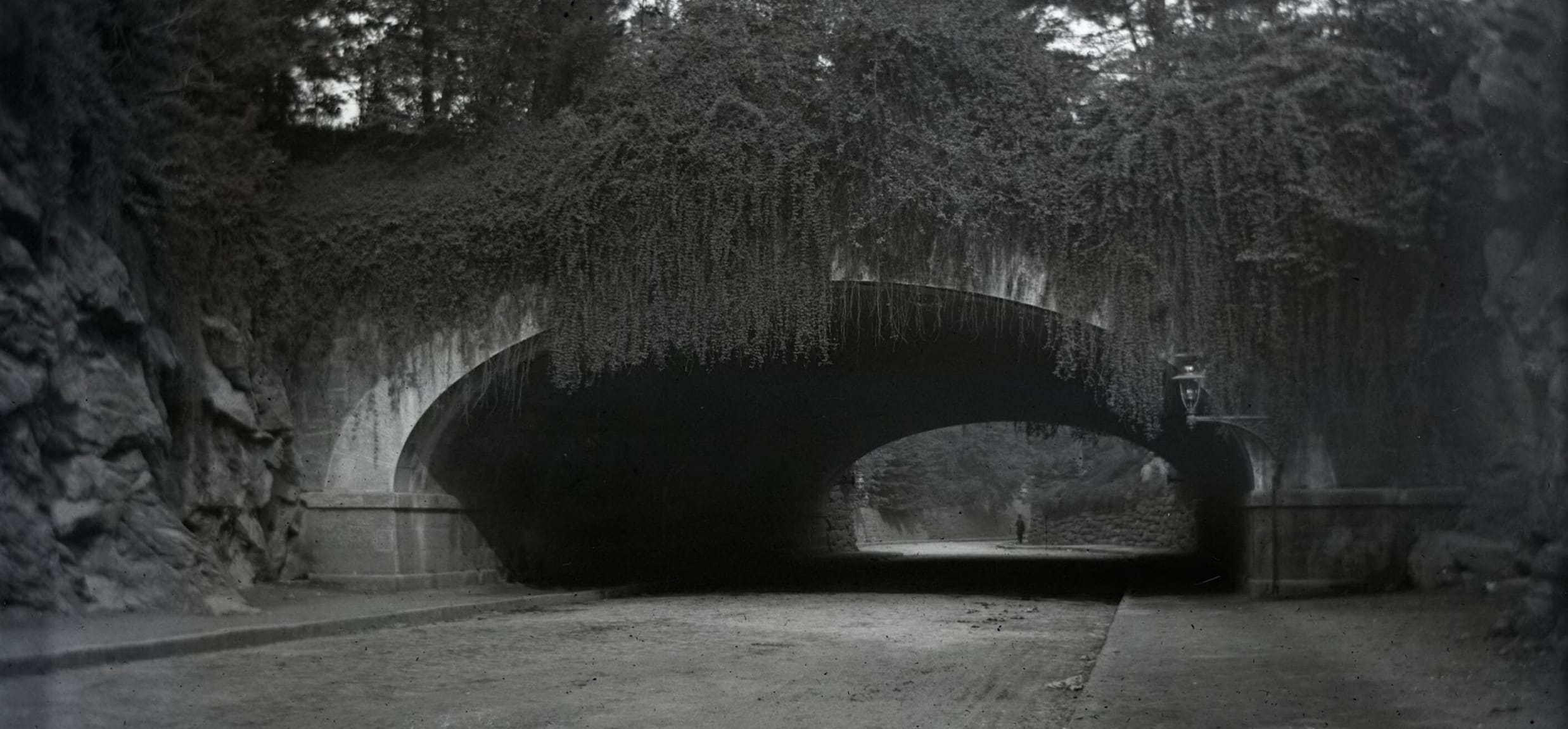The History of Central Park’s Drives

We are dedicated to remaining true to the core purpose of Central Park and honoring its history. Learn more about the role of the Park’s circulation system since its creation.
Central Park’s circulation system was integral to its design from the very beginning. The Park’s designers, Frederick Law Olmsted and Calvert Vaux, created an intricate system of pedestrian paths, a bridle path, and carriage drives to allow visitors to experience the Park’s landscapes in a variety of ways.
Central Park was intended to be a respite from the stresses of city life, but in order to set it apart from the urban grid, Olmsted and Vaux sought to create a network of paths and roads specifically designed to avoid “competition between uses” and “subtly direct movement through the landscape.” For this system to work safely and in a relatively small space, it had to limit interactions between potentially conflicting forms of traffic.
The Drives, the main component of this circulation system, were built in the mid-1800s. Olmsted and Vaux designed the windy course to facilitate a scenic tour of the Park in horse-drawn carriages—the primary mode of transportation at the time—and discourage speeding. Footpaths running alongside these carriage roads added a social component, making the Drives an important part of the recreational experience of the Park that continues today.
Other elements of the Park’s design were key to facilitating circulation: Its arches and bridges were strategically placed throughout the landscape to separate traffic by carrying one form of transportation over another. Equally functional, transverse roads allowed (and continue to allow) City traffic to cross the Park. The transverse roads are sunken below the grade of the Park with bridges crossing over them. These bridges were designed as more utilitarian structures than the ornate arches and weren’t intended to be seen—but they allow pedestrians and other traffic to seamlessly move through the Park.
As timeless as the Park’s mission may be, it is incumbent upon every generation to respond to changes in how the Park is actually used and traversed, with solutions that are both forward-looking and respectful of the Park’s history. While the overall purpose of the Drives has endured, the City has addressed the needs of a changing population and its usage of the Park over the years—from paving the Drives in 1912 and introducing traffic lights for automobiles in 1932 to opening the first bicycle path in 1941 and most recently removing private automobiles in 2018.
With the limitation on vehicular traffic, followed by a massive increase in cyclists, pedestrians, and most recently the proliferation of electrified mobility devices like e-bikes and scooters, it is an opportune and necessary time to take a fresh look at how Central Park’s Drives are designed and managed with the end goal of maintaining a shared natural space that equitably accommodates a variety of uses.